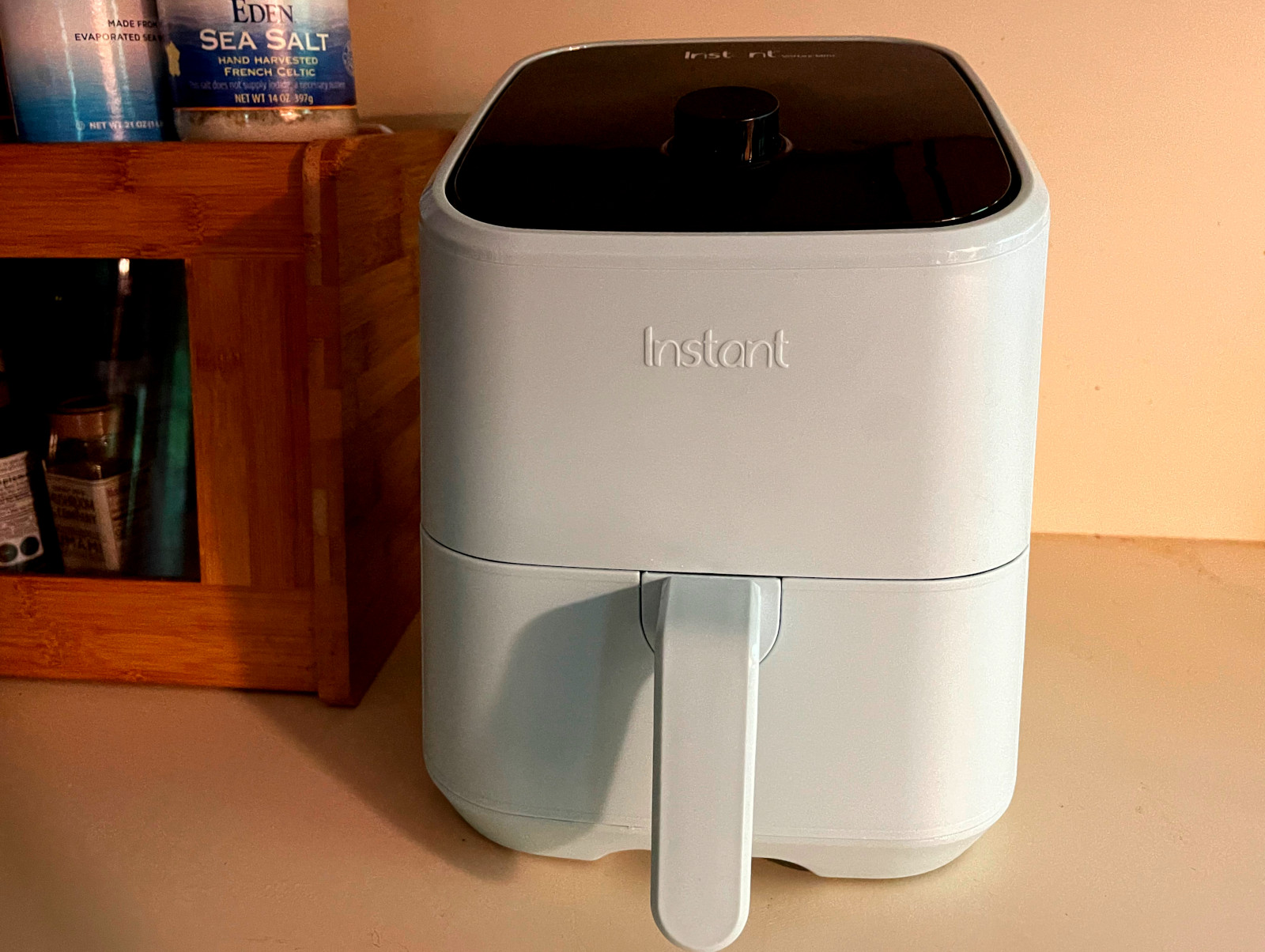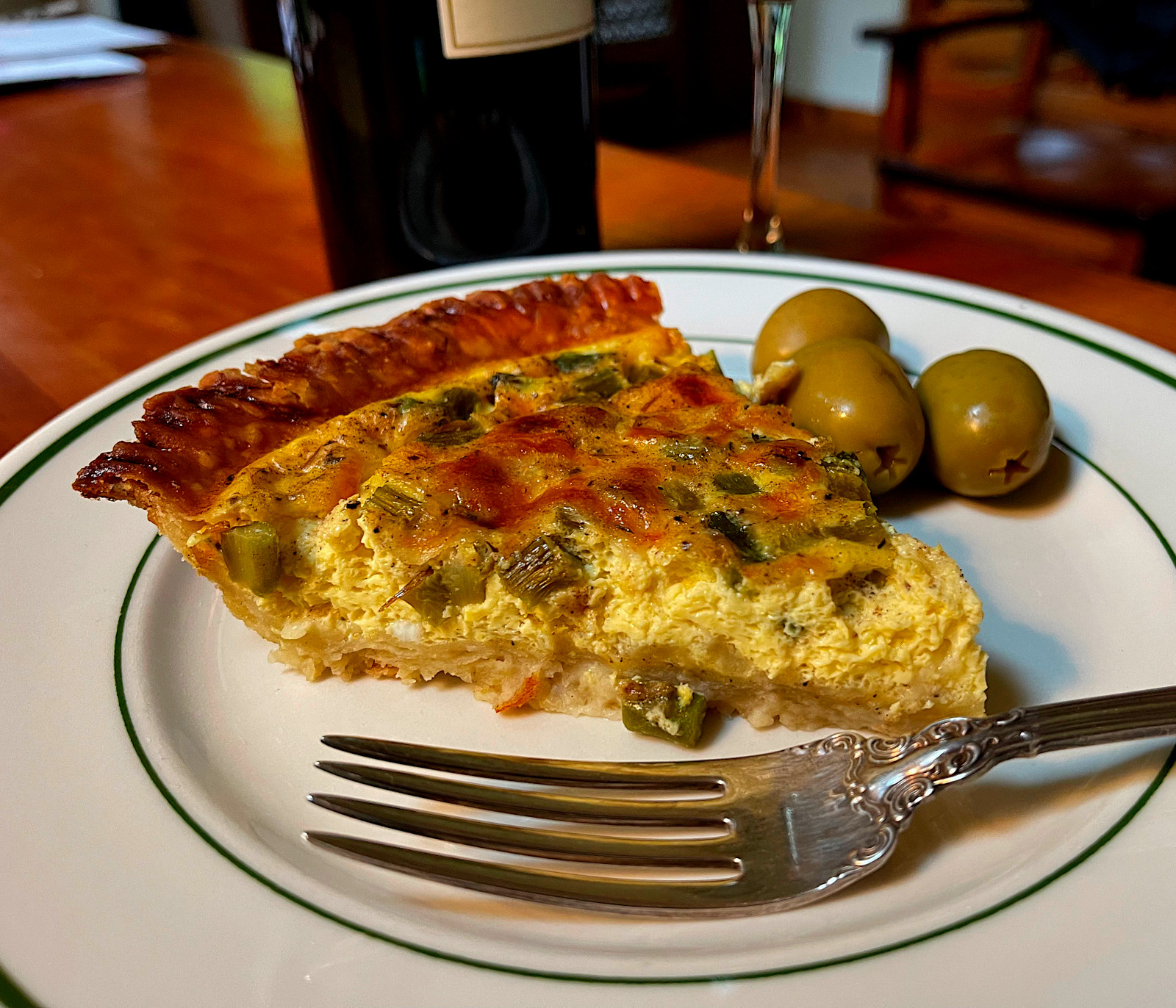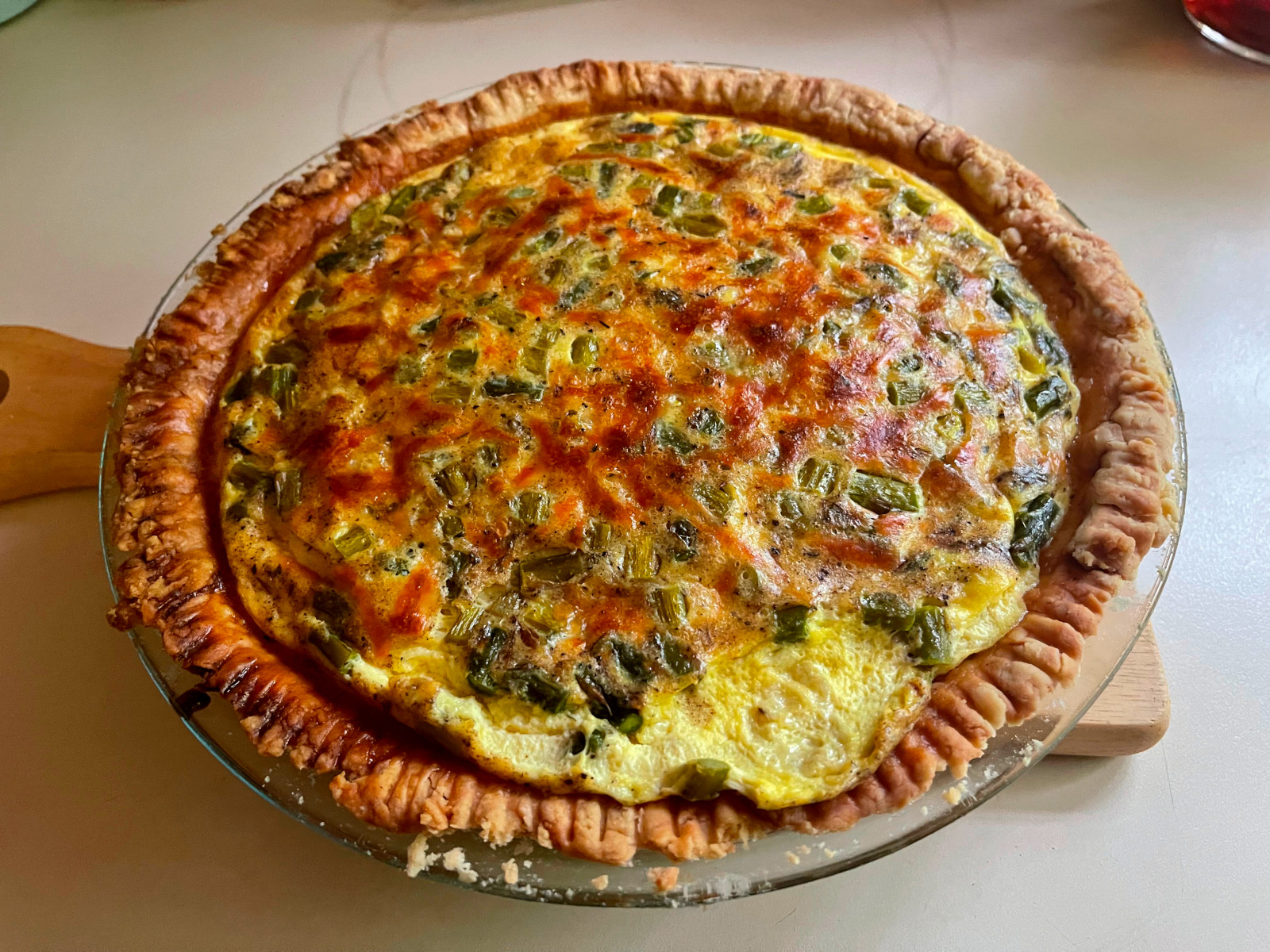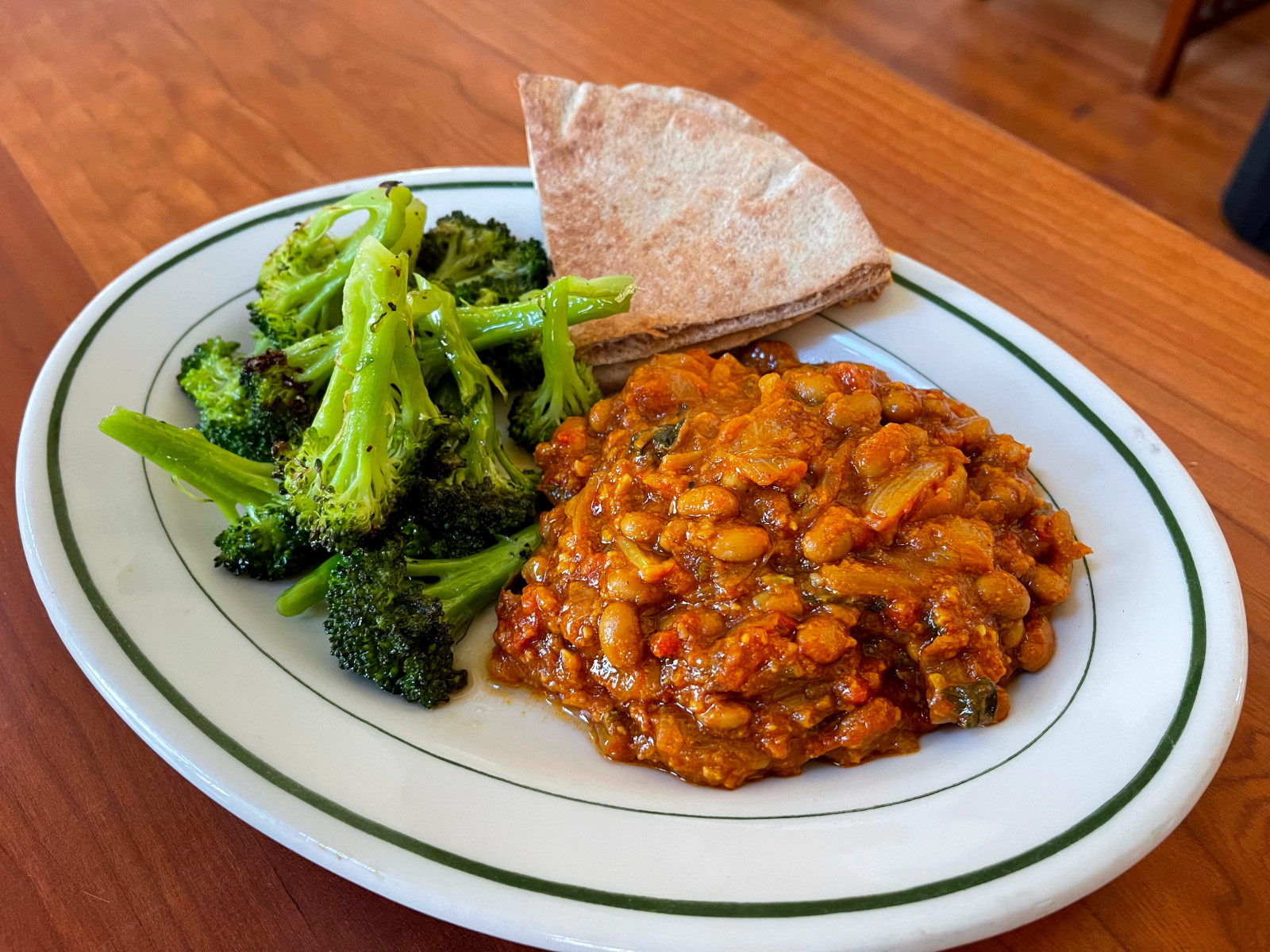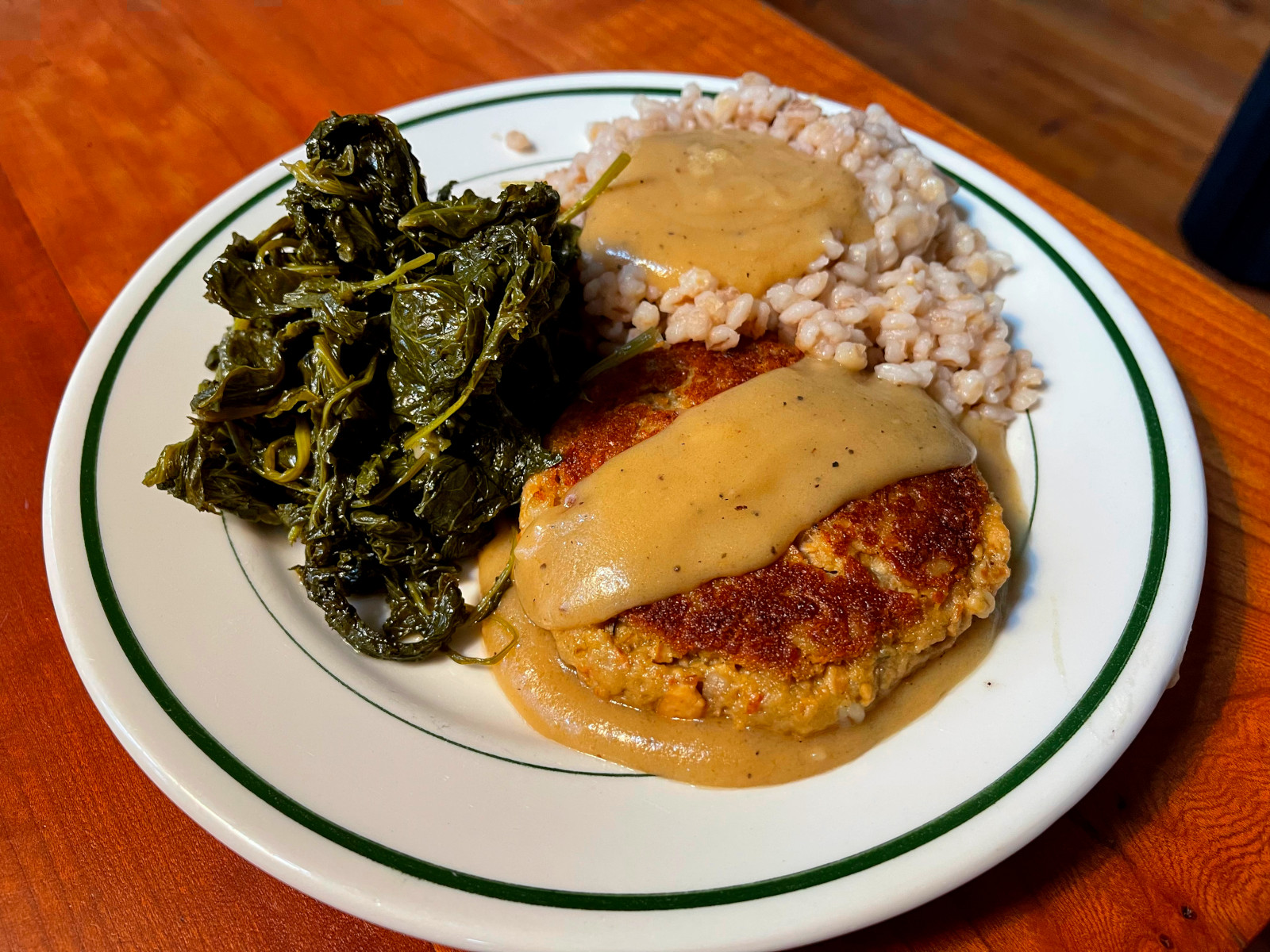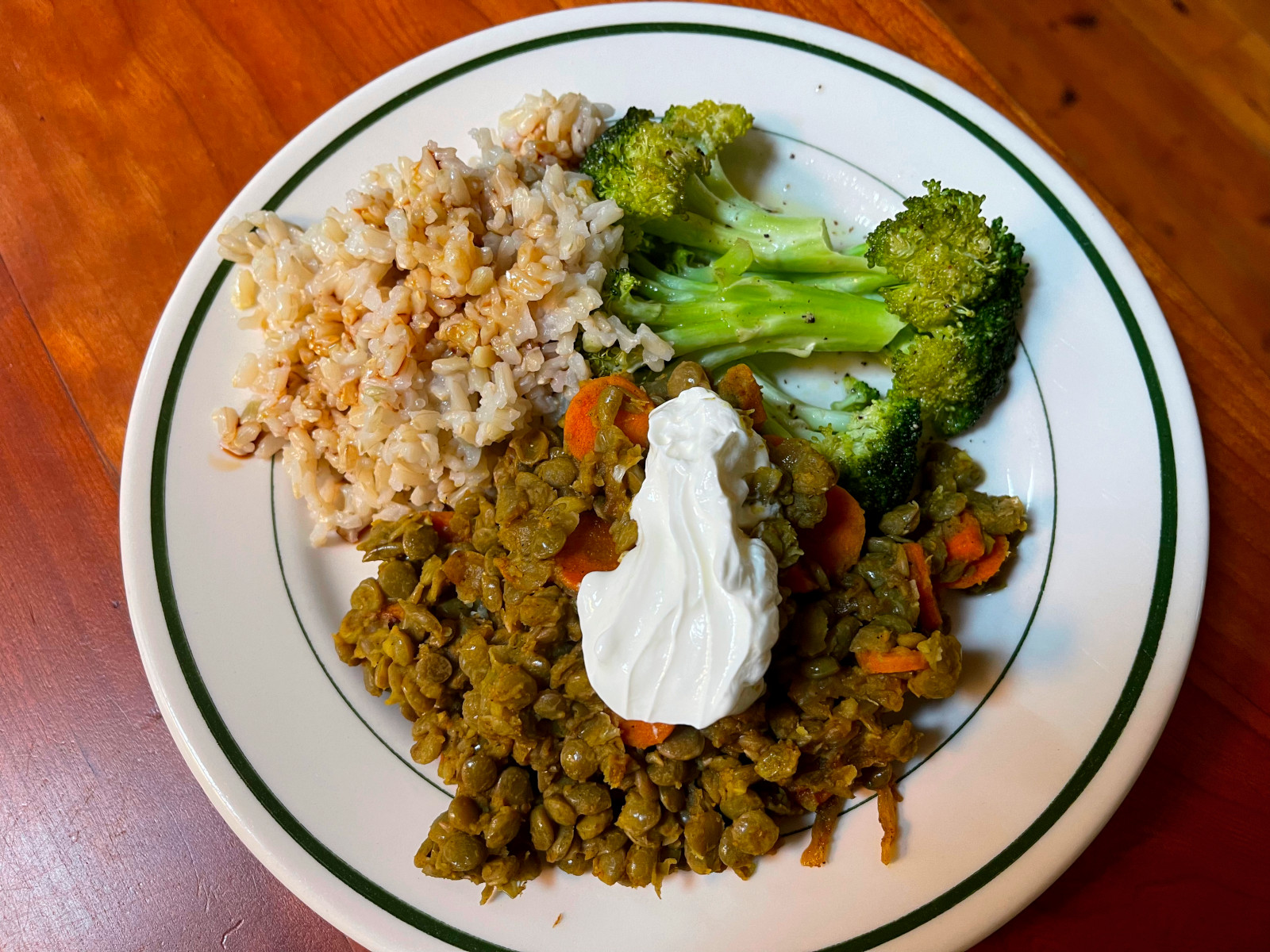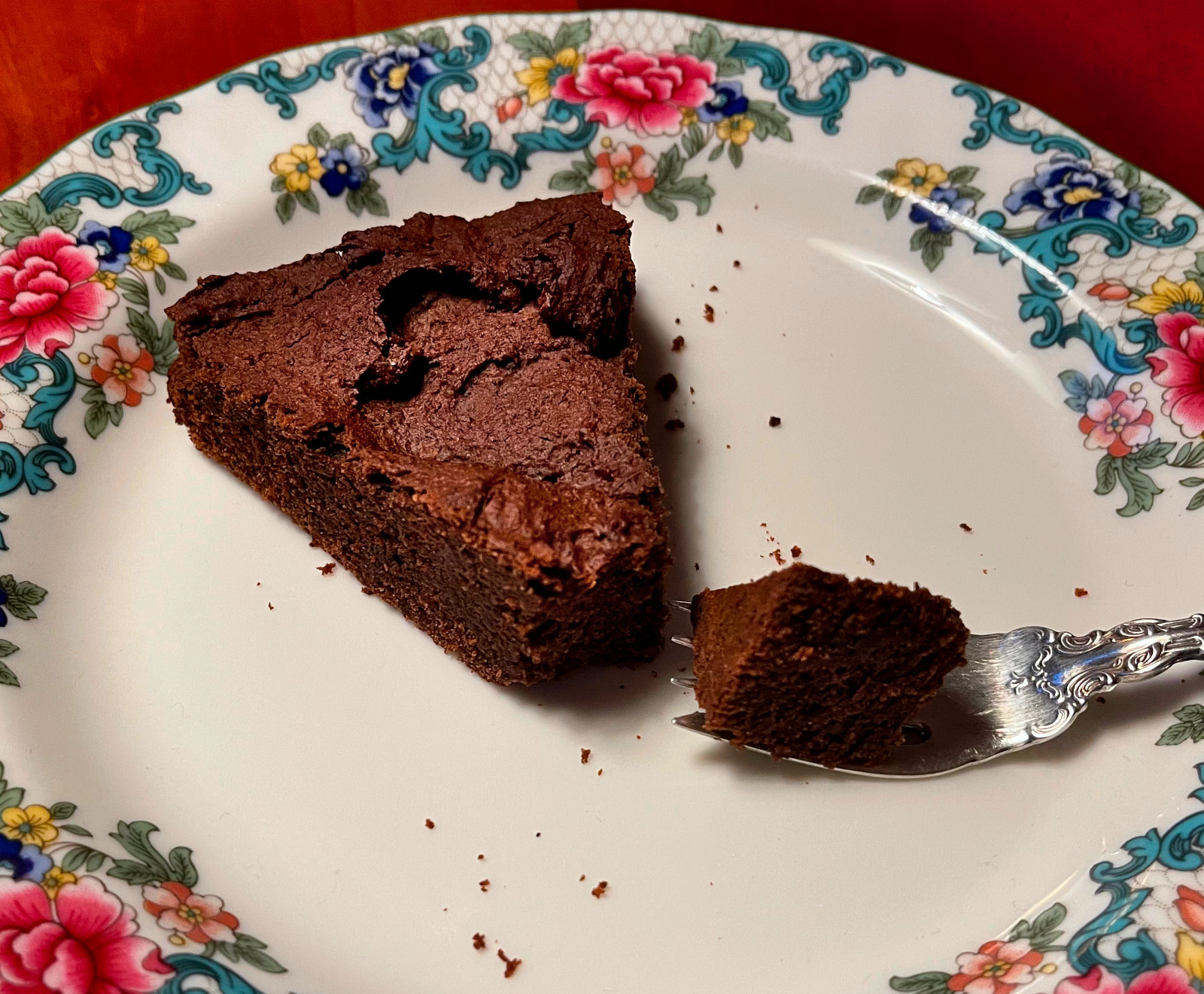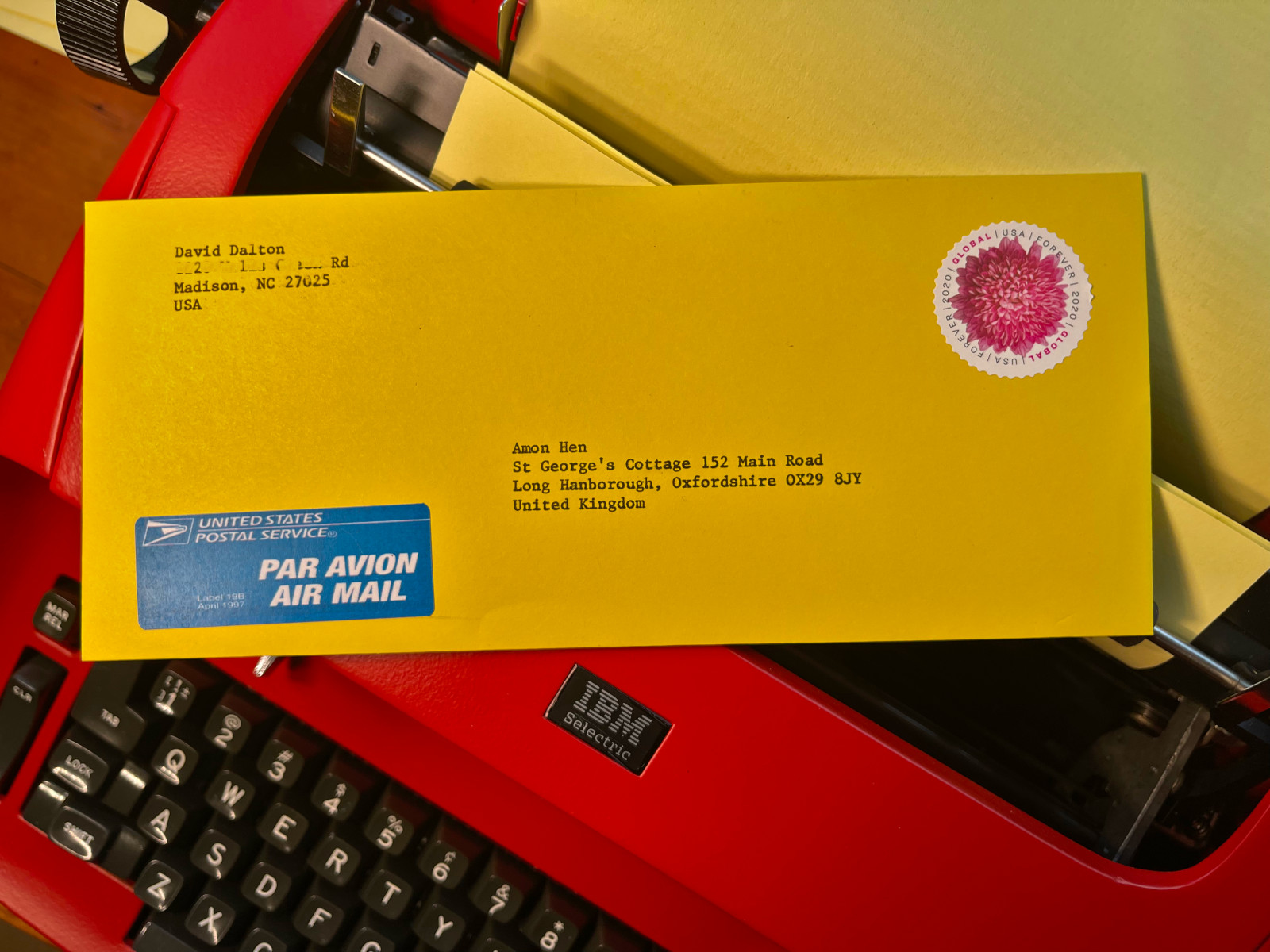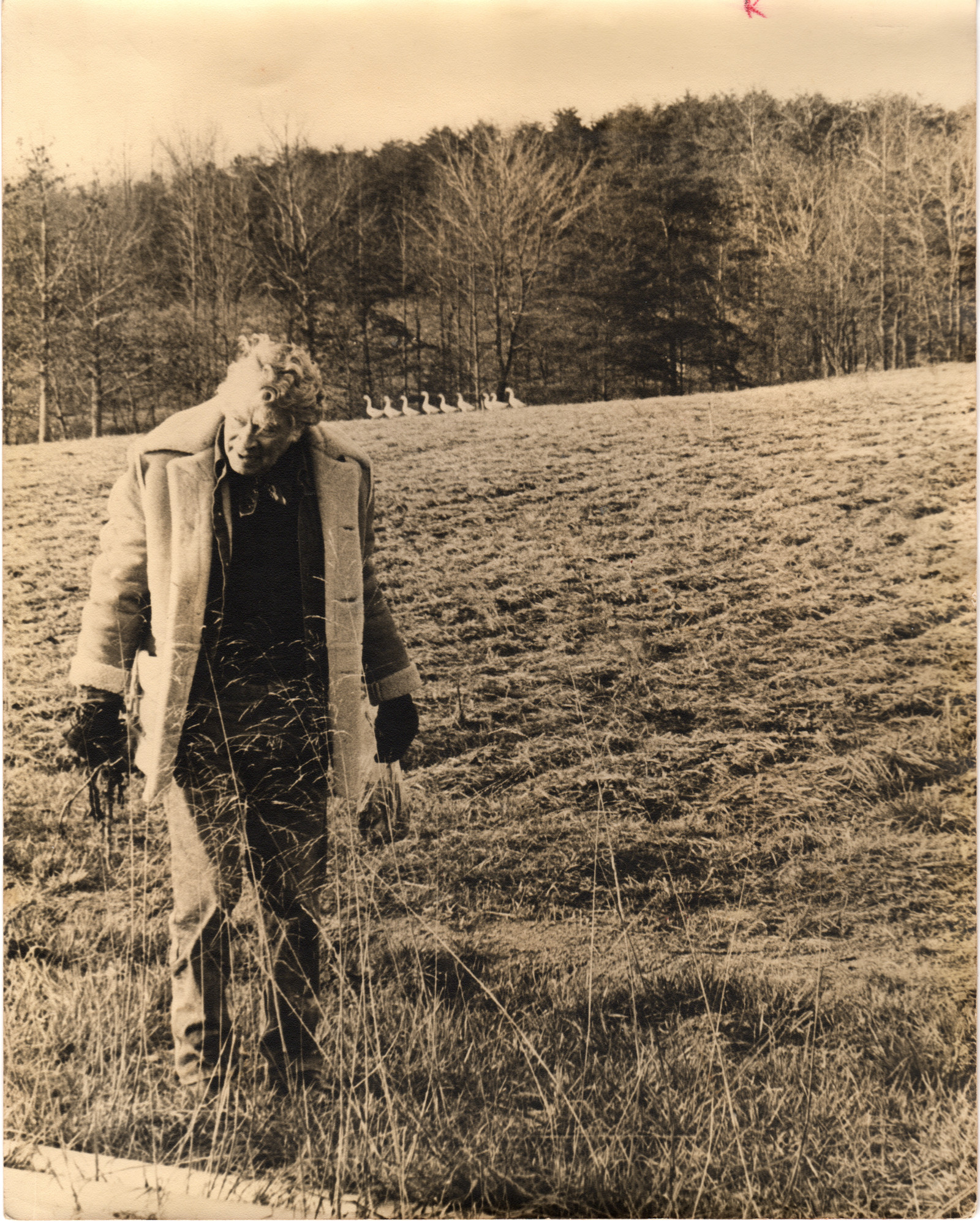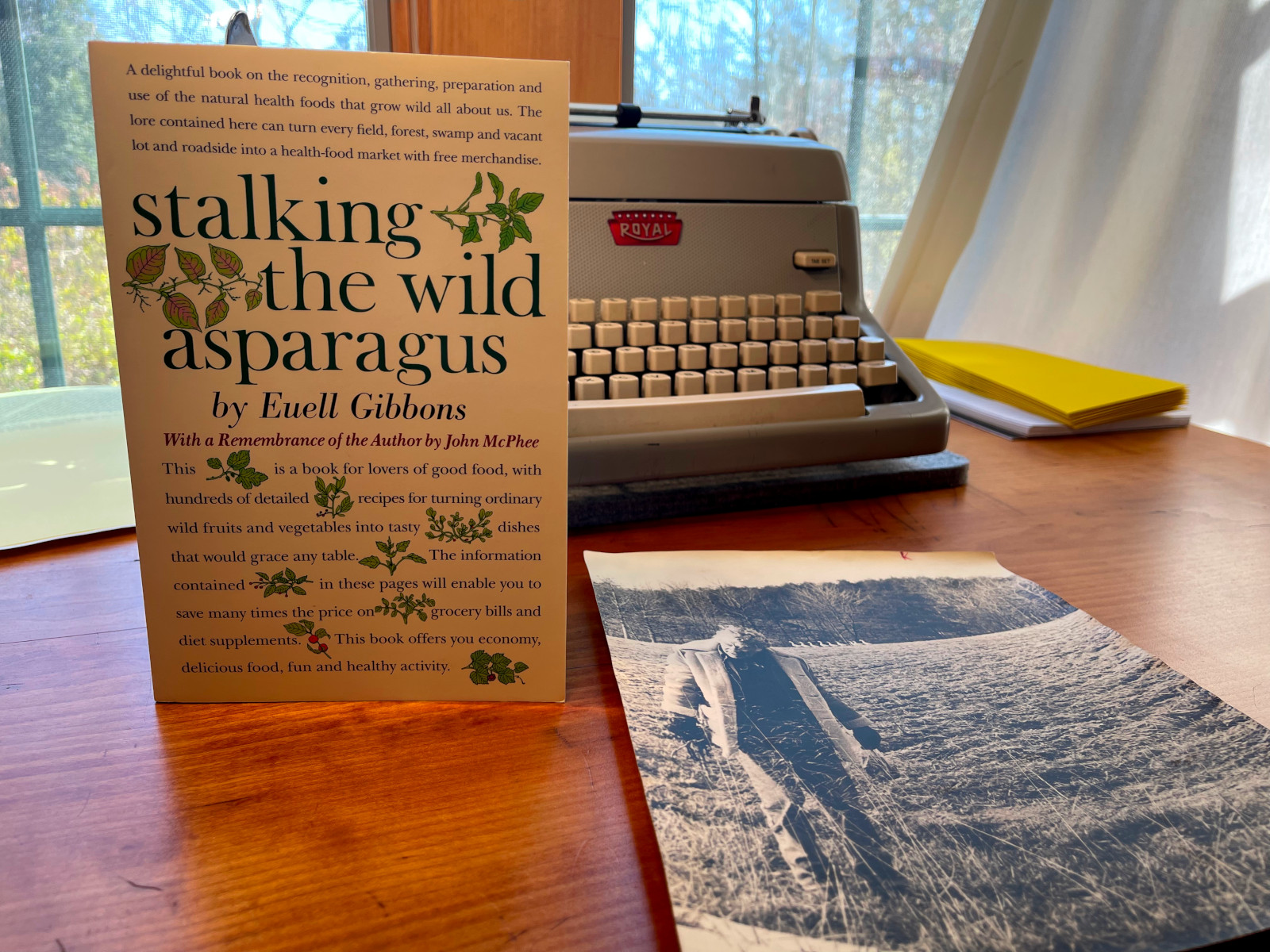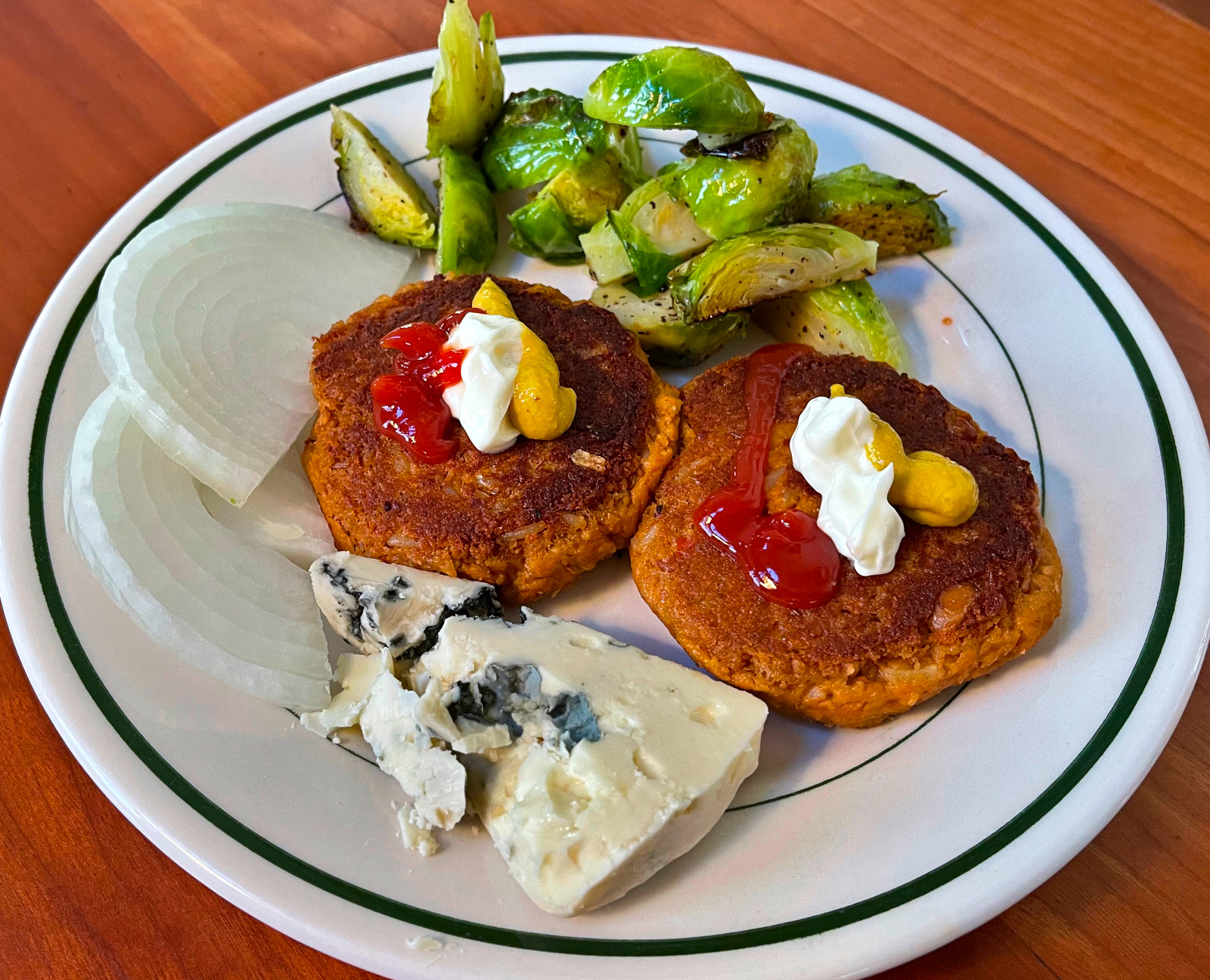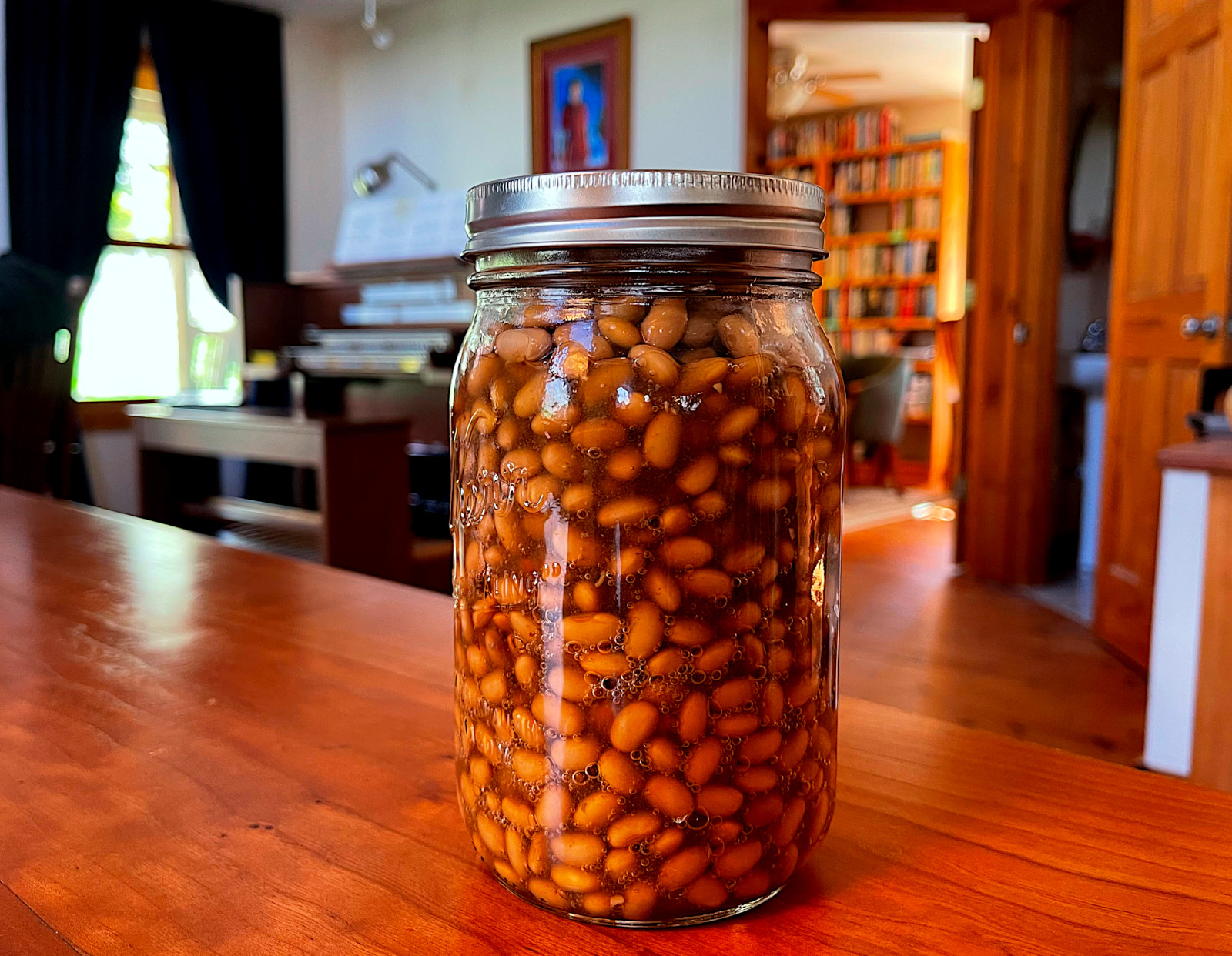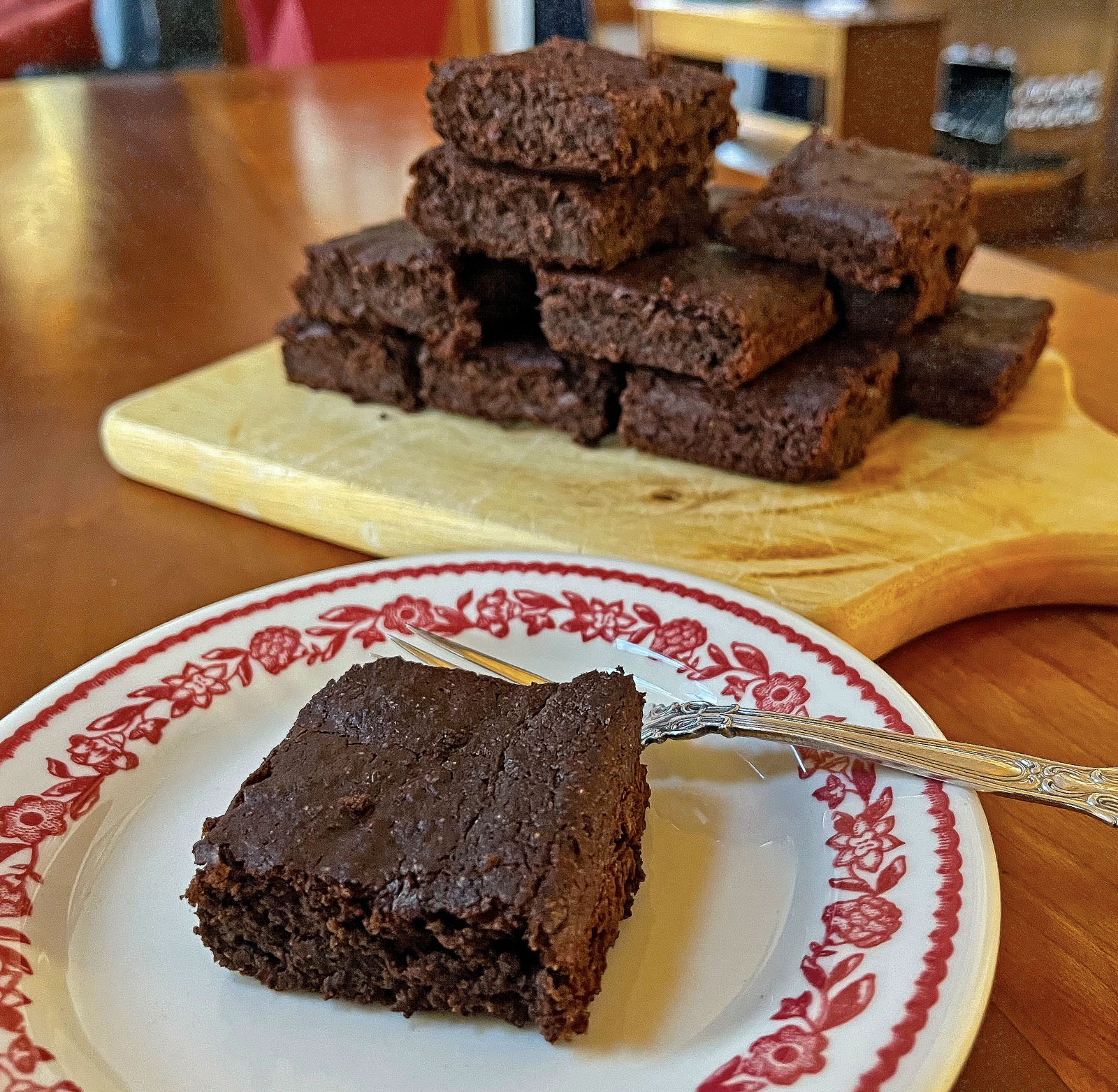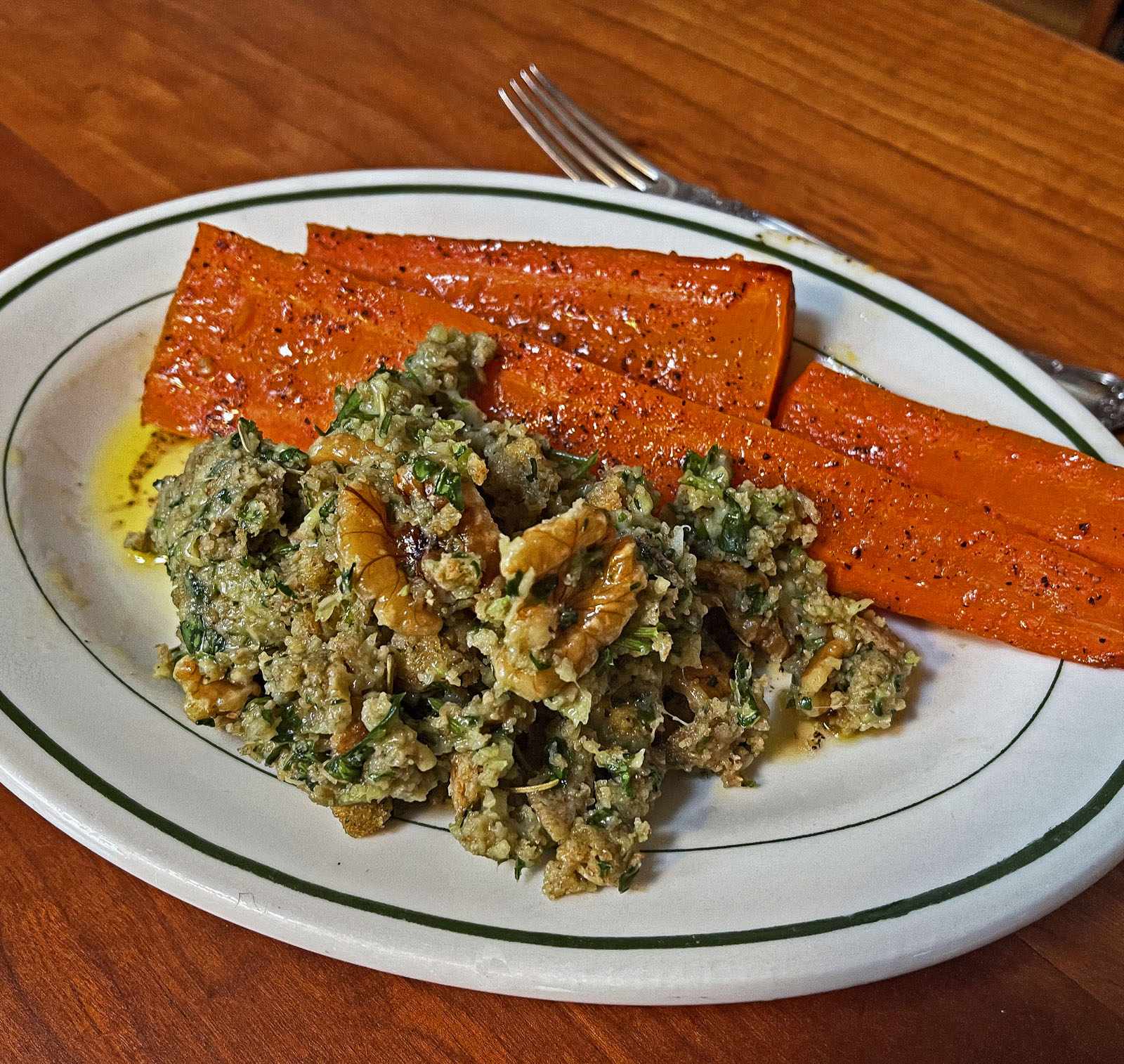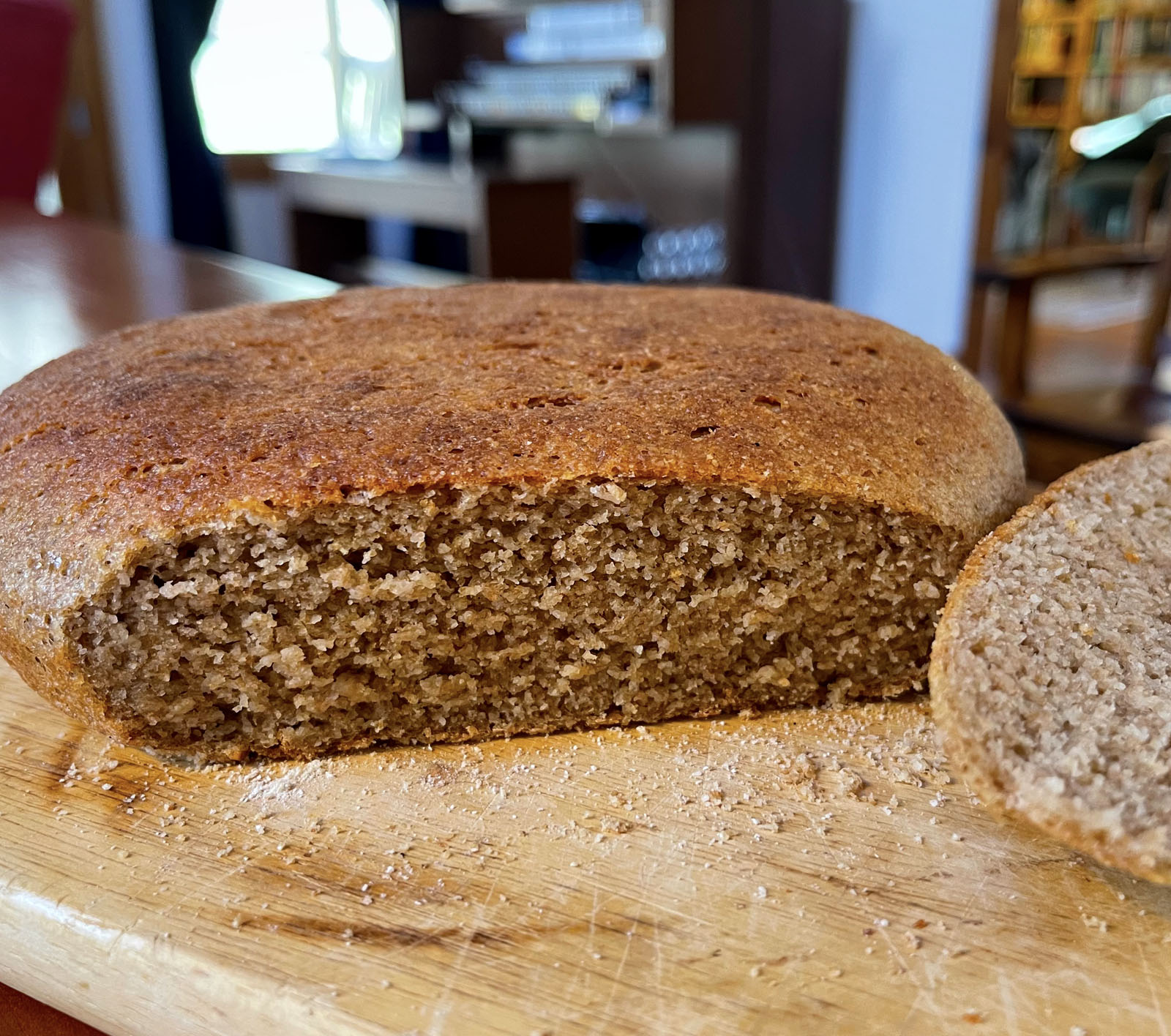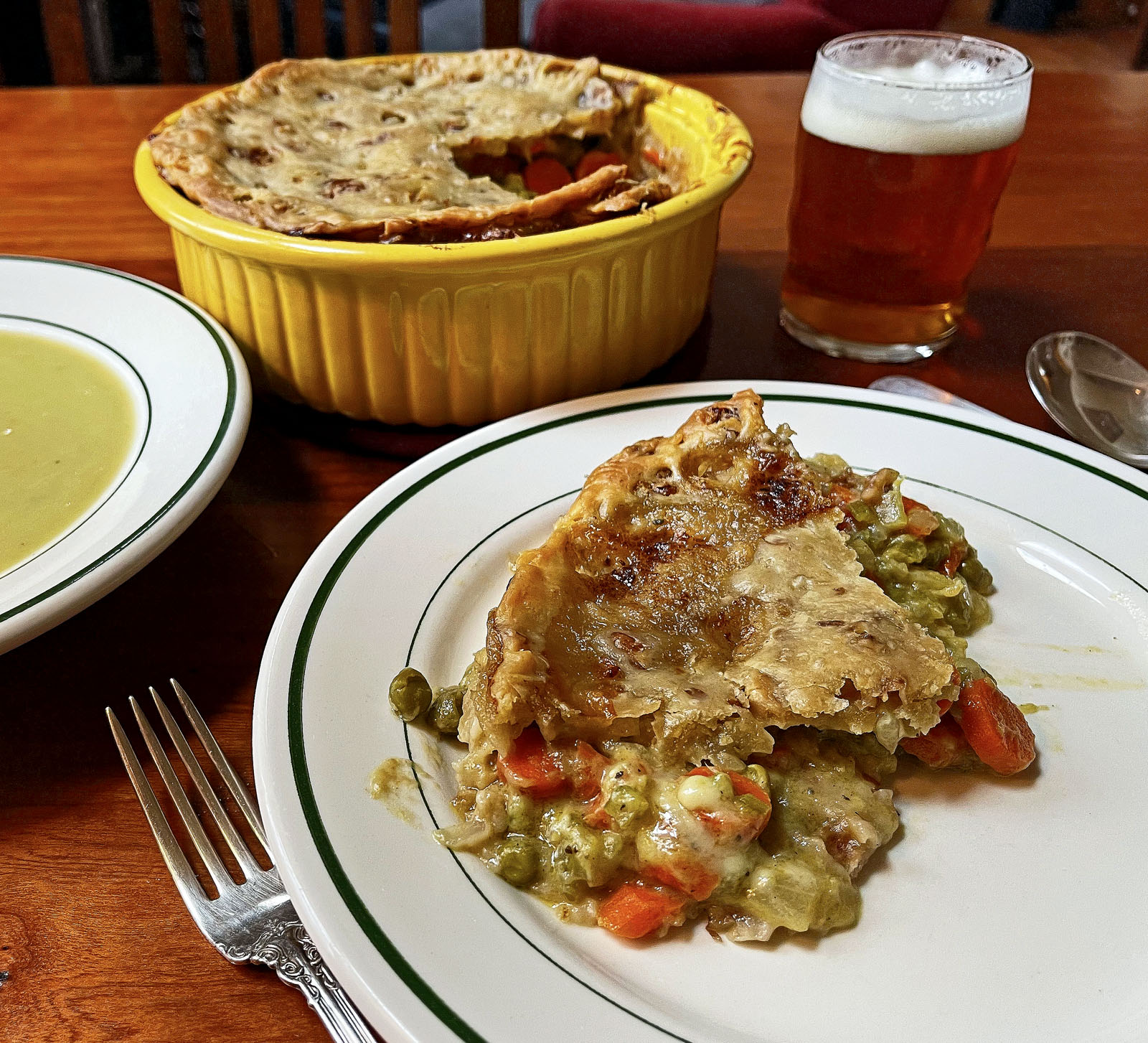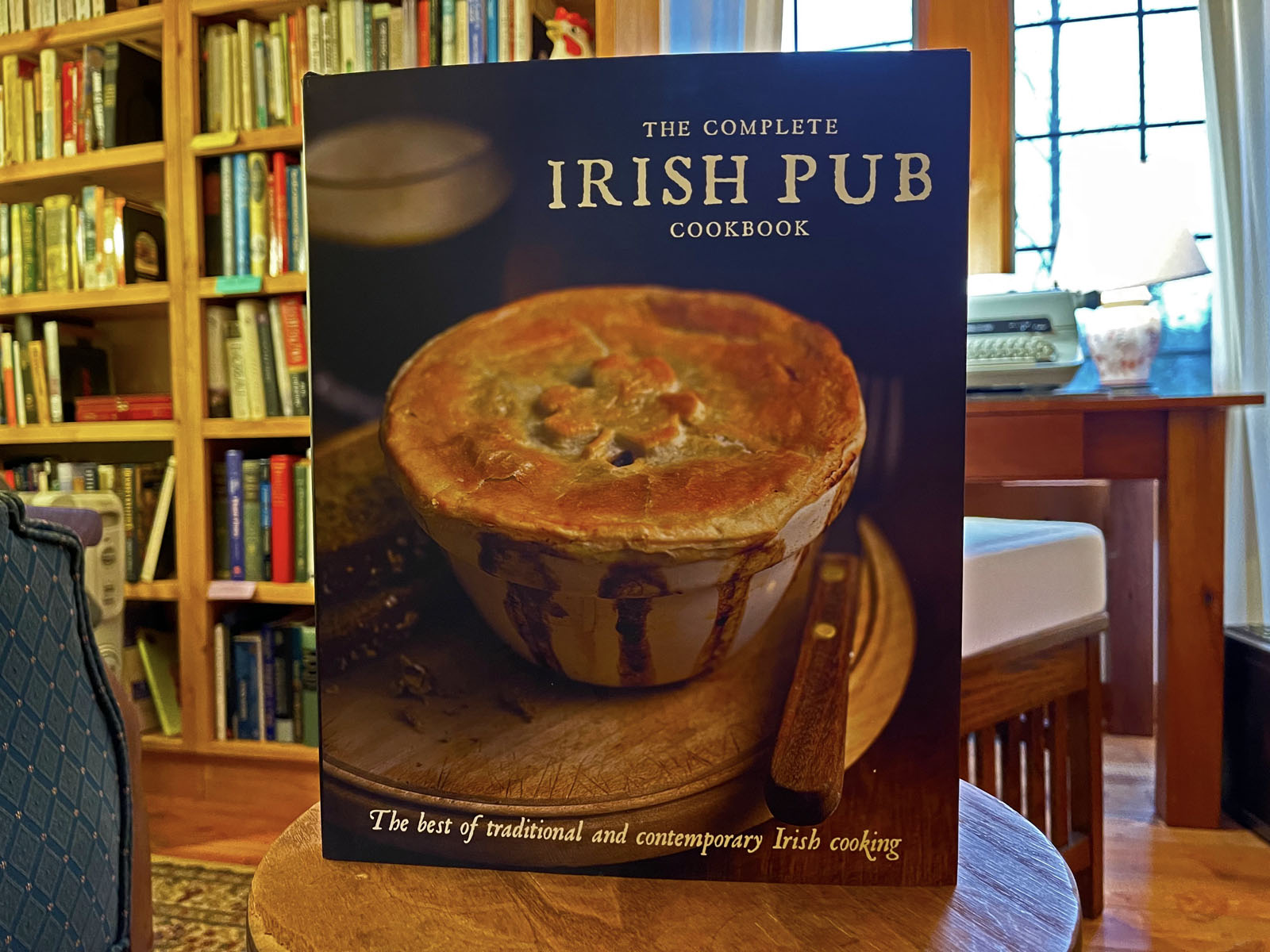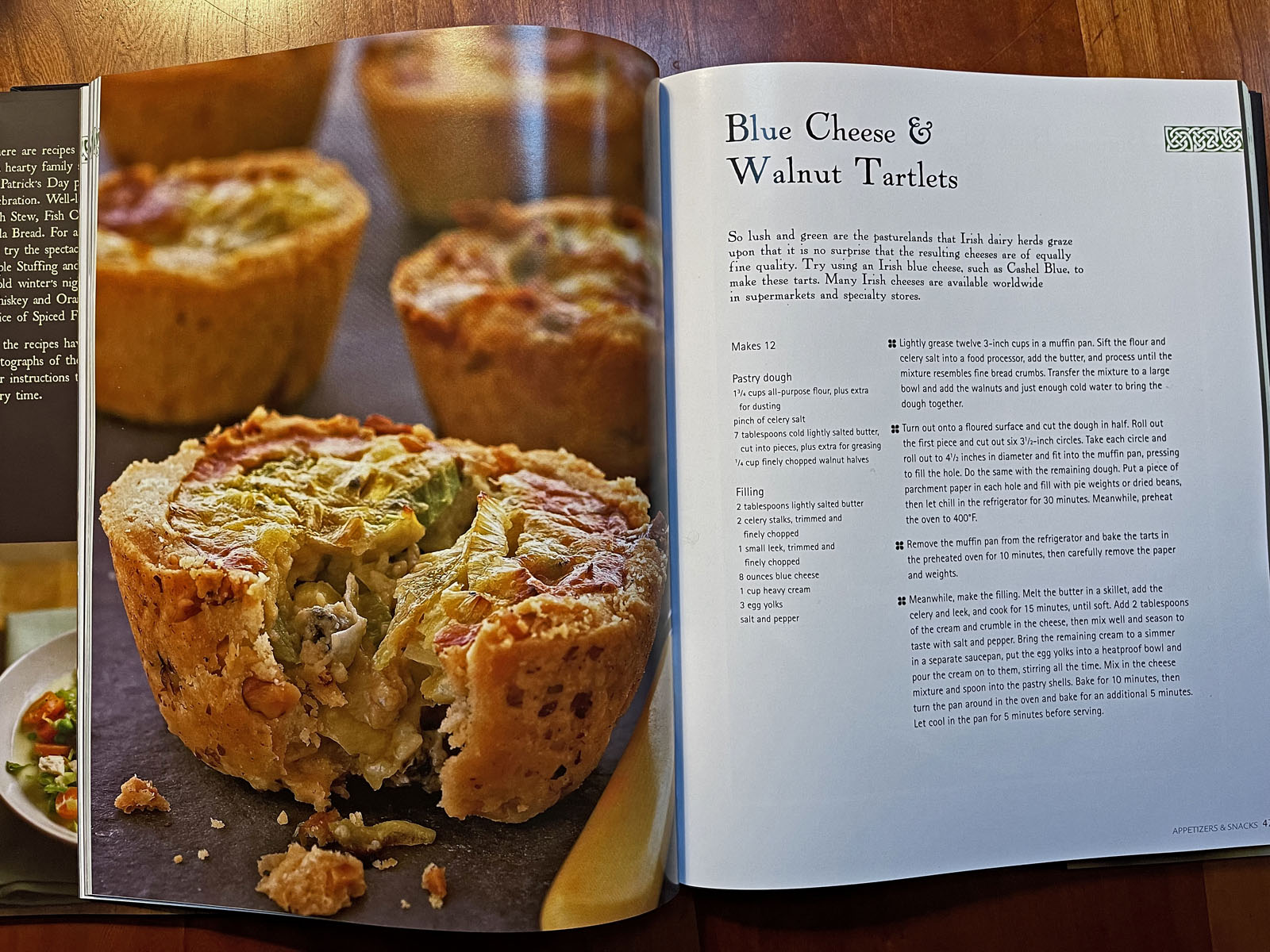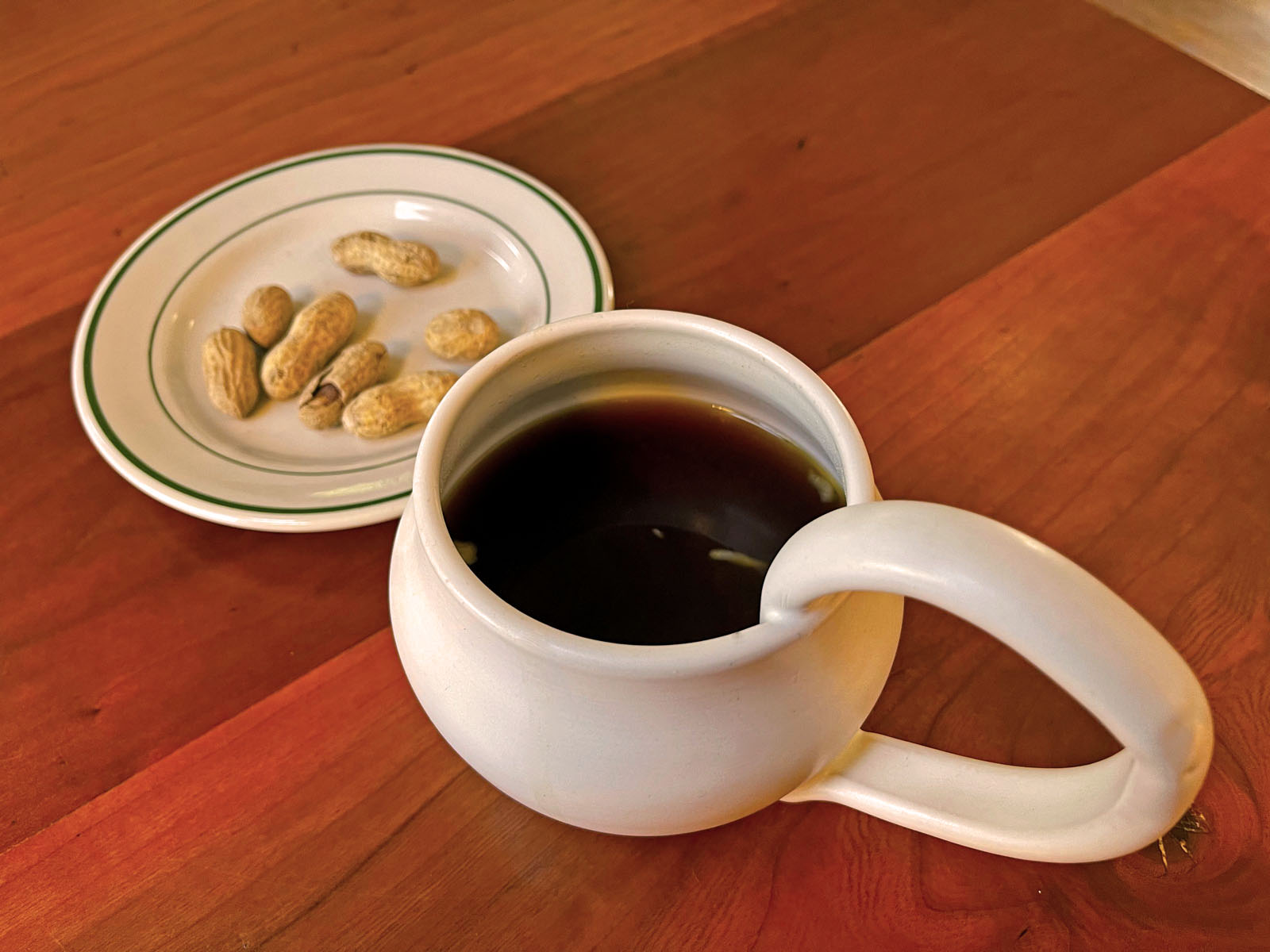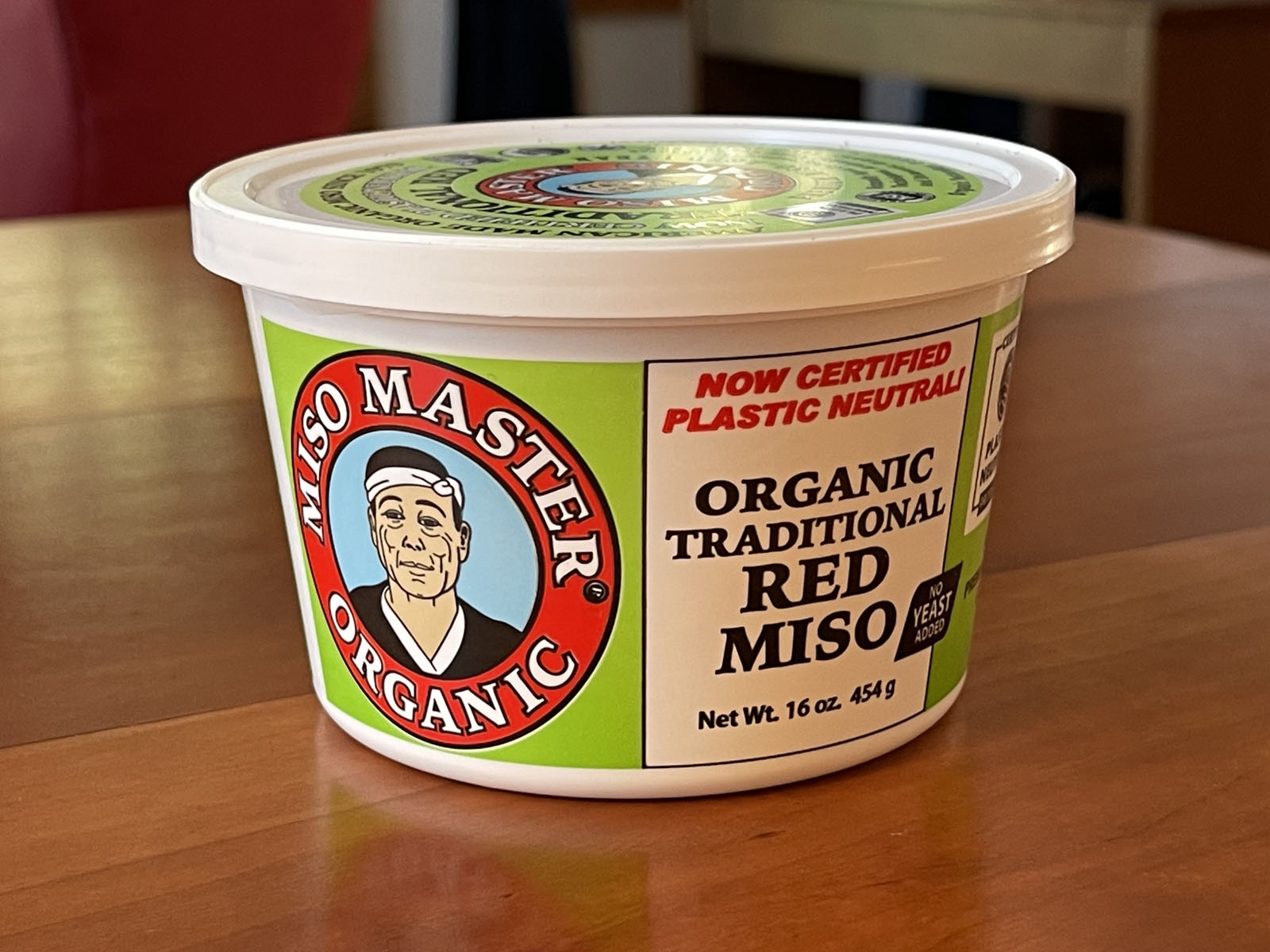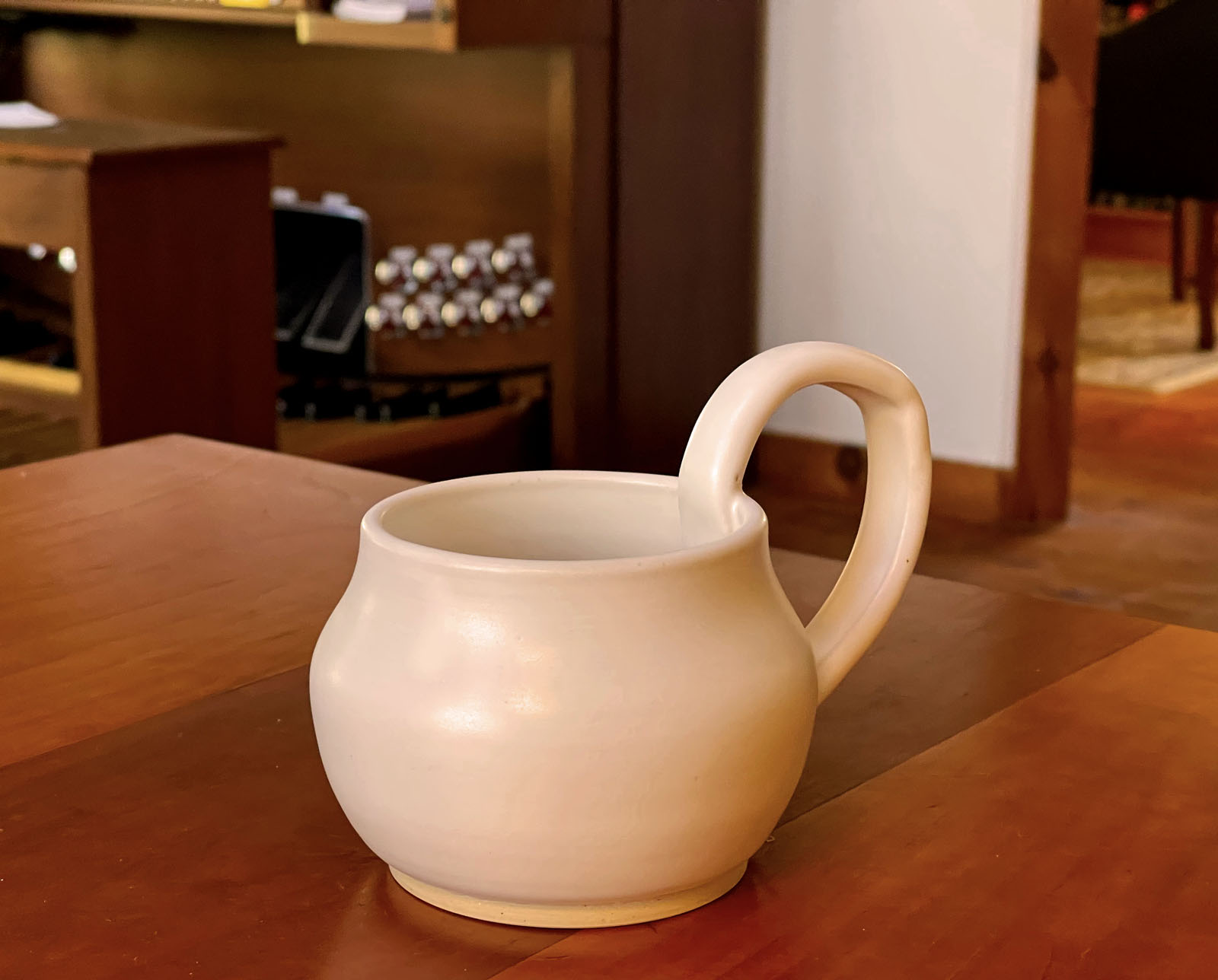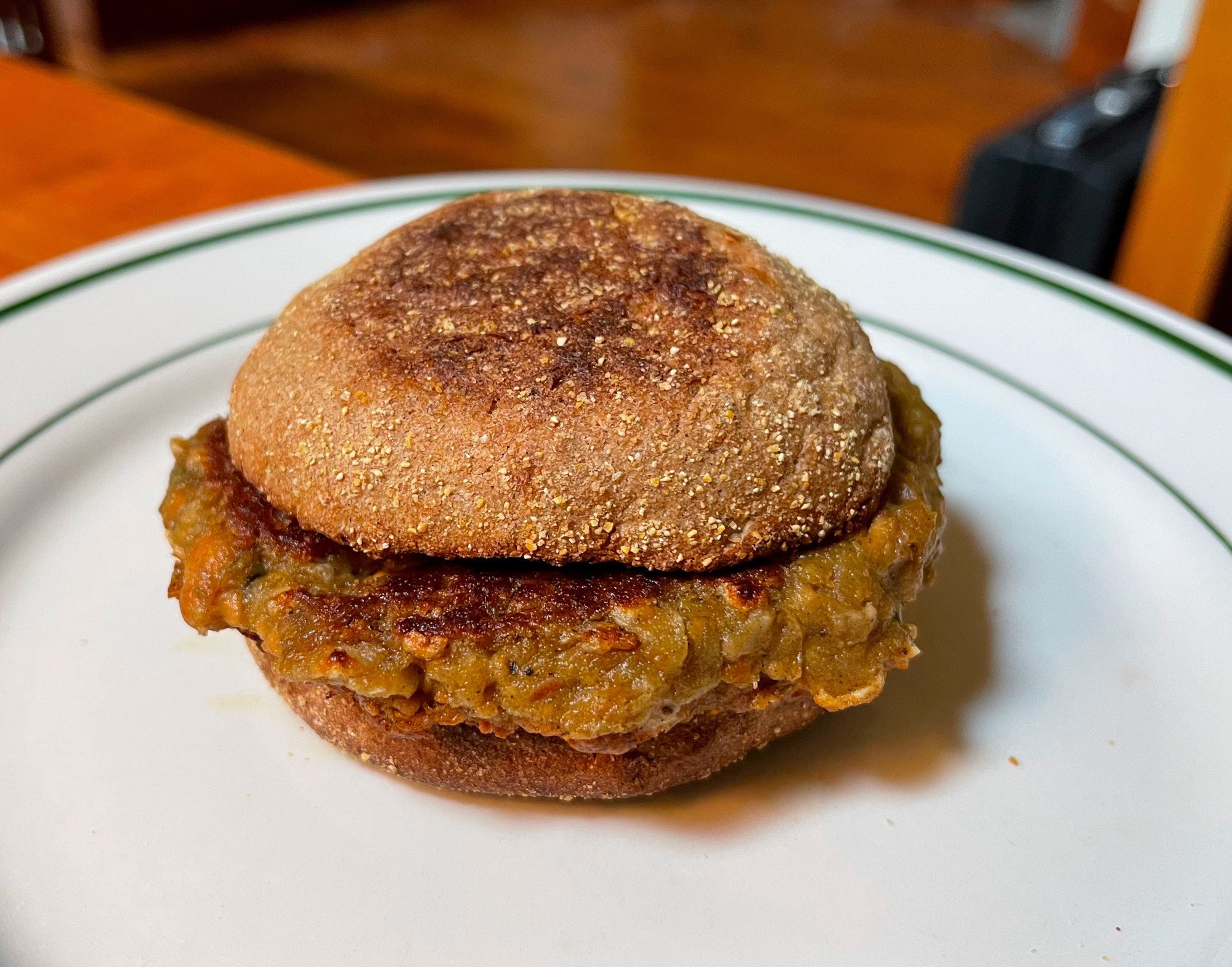
Whoever invented sausage was a genius. If we saw it made, we’d never eat it again. And yet, as long as we don’t think about what’s in it, it’s delicious. The real thing is also extremely unhealthy. I never touch the stuff.
The key to vegan burgers is gluten. The other essential ingredient is soybeans. Gluten flour stirred into the mixture doesn’t work very well. The only way to get a proper “bite” is to pre-prepare the gluten.
Make a thick dough of gluten flour and water, with seasonings such as bouillon in the water. Knead the dough for a minute or two in a light puddle of olive oil. It’s the rubberiness of the gluten dough that gives your burger a meaty bite. Shape the dough into something that isn’t too thick, then drop the dough into boiling water. A few minutes of boiling is all it needs. Cool the gluten on a paper towel to remove the water, then chop it. Now you’re ready to mix the gluten into the other ingredients for the burger (or sausage).
About half gluten and half mashed soybeans is a good mix. For sausage, you want pepper and sage. I also happen to have fresh thyme growing in the herb trough, so I added a bit of thyme. Some nutritional yeast helps add umami. You need a binder; a little flour will do for that. Moisten the mixture with olive oil. The mixture should be fairly thick, and fairly dry. Fry it slowly in a generous amount of olive oil.
Vegan sausage is scary good. McDonald’s would have me shot if the secret got out. It’s much cheaper than anything you can buy at the store — whether real or fake — and much healthier. The muffin, by the way, is store-bought. It’s a whole wheat English muffin from Dave’s Bakery.


